
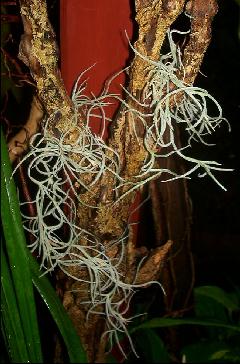




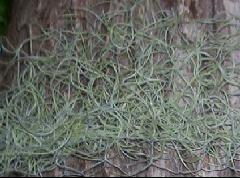
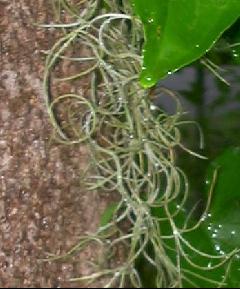
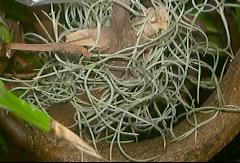
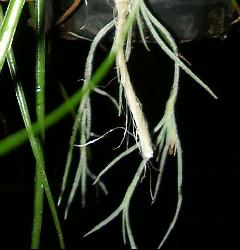

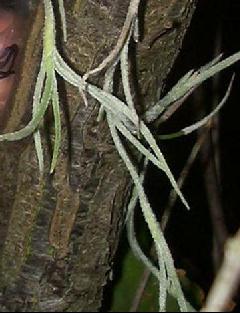

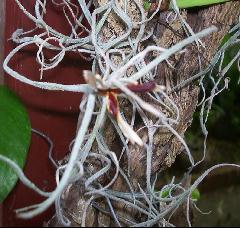
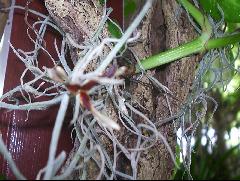
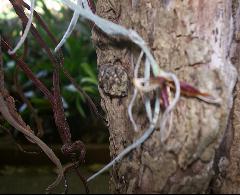
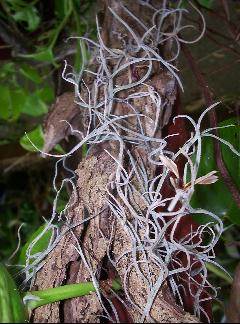



| Ian Hook, Sydney 05/04 from Tinonee Orchid Nursery. |
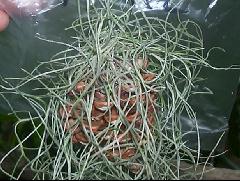
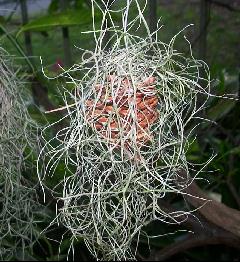

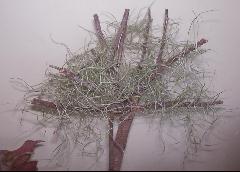

| Ian Hook, Sydney 05/03 from Tinonee Orchid Nursery. |
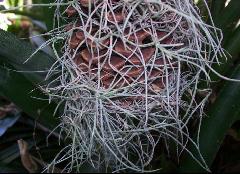
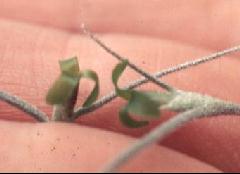

| Ian Hook Sydney 06/03, owned by Marius Hohl |
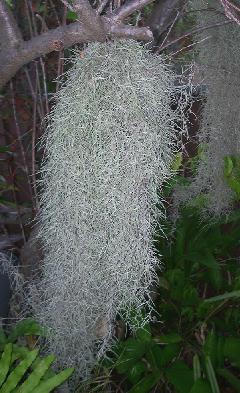
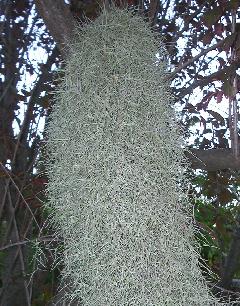

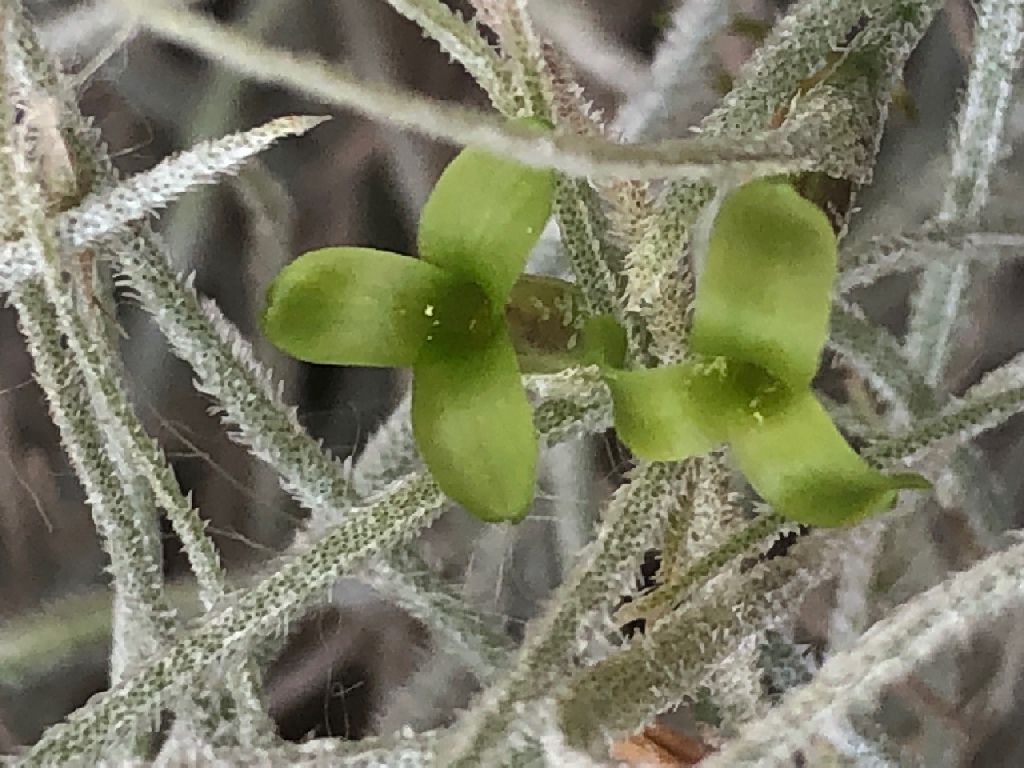
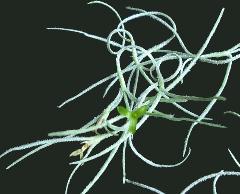
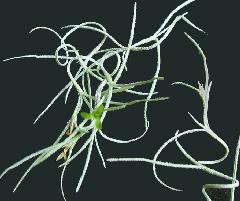
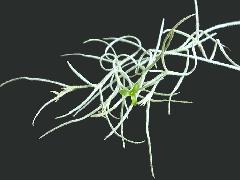

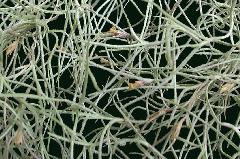
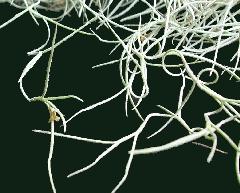
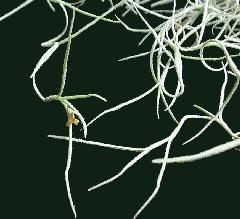
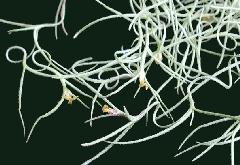

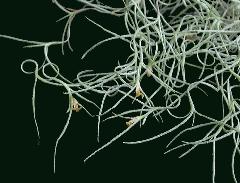
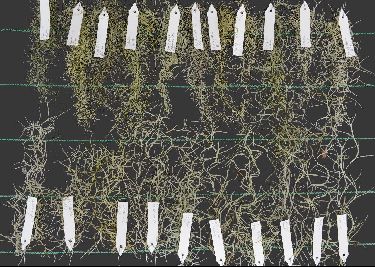
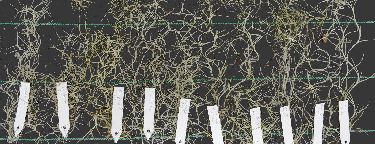
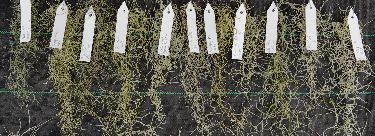
Chris Larson 13/01/14 ... "Just a few observations under my conditions.
Spanish moss is a wonderful plant in all of its’ forms. Peter.T & I have been collecting forms from many sources o/s – and some of these are now reaching a good size. However I find that they all like approximately the same conditions in culture. It grows fastest when grown in a humid house, with good ventilation to stop the centre from staying wet for too long. In Melbourne conditions a strong wind will dry it out a little too much due to our dry summer heat. Fertilizer helps immensely.
Do not let it dry out too much – when hotter dry weather keep the water up. I doesn’t like the cold in Melbourne, but tolerates it. Don’t expose it to very strong sun, unless the relative humidity is high.
I’ve seen it in many locations in the wild & habitat varies, but usually in moister areas like above rivers – and above rivers it was in full sun. I remember in Peru we could go around a corner and there it is covering the trees, go around the next & there is nothing – no apparent reason, but at a different time of the year there may be.
One thing that I do is when there is some dead material in the centre of the clump, I wait until it is dry, then tickle the dead material so that the looser stuff falls out. This looser material is what mainly holds water, so a reduction in that material contributes to a healthier clump."
Peter Tristram 29/01/14 ... "the enclosed pics show most of the forms I have. I have left the files fairly large so they can be zoomed in on better if anyone wants to get up close and personal. There is a slight chance that a few are the same, esp the 2 larger ‘old’ forms (one is Maurice’s but both might actually be). The biggest form by far is the one from Halle BG in Germany and the finest and tiniest are the 2 others from Europe. Some grow like weeds, others are slow, under my conditions. Only the really curly one is yellow flowered as far as I remember. I also suspect I mixed El Chiquito and EL Circulito up, ex RFI and very nice forms too along with El Mejor."
put in 3 pics.
Maurice Kellett 30/01/14 ..."In reply to suggestion that we record the largest form of T. usneoides that I collected in Mexico in1972 as a CV name to be registered as T. Robusta.
My notes show that it was in the area of Sierra Corona near Zacualpan which Google shows as SW of Mexico City. It was a very interesting area where we found moist growing T. atroviridepetela and trees covered with what appeared to be flower clusters but on closer inspection were T. capitata (?? ) in full leaf colour and flowers.
A check of Derek's disc shows a large form referred to as var. robusta and this form grows in Mexico.
I would be happy if this name was attached to the large form that many people have and I was possibly the first person to introduce this into cultivation here."
Derek Butcher 30/01/14 ... "All we need now is a good photo of this form so we can register it.
In Mez's days var robusta was known to the botanists but was demoted by L. Smith. As such I think it is better personalised. See registration document below.
Tillandsia ‘Maurice’s Robusta’. A very thick form of T. usneoides collected by Maurice Kellett, Victoria, in 1972 in the Sierra Corona near Zacualpan, Guerrero, Mexico. Widely circulated in Australia. Reg Doc 1/2014
Derek Butcher 02/02/14 (following several questions - "measurements insufficient to identify?", "latin name for a cultivar?")
Good question and I don't know the answer. Lyman's botanical view was that they are so intermingled it is better to treat them as one variable species.
The Botanists did not even consider splitting off the yellow flowered form which I gave the name of 'Spanish Gold'.
The only other registered name used for usneoides is 'Tight and Curly'.
I even toyed with the idea of a 'Splitenz' with Gary May where the leaf end would not leave the axil causing a loop. It sprang to its proper place when Gary watered it!
Peter has gone mad with his various forms with many recent ones from Germany. I used to keep my various forms separate too but Blackbirds love it for nesting material. I would pinch it back but the b-birds liked to mix and match. So when I pinched the plants back it was somewhat mixed. These days anybody getting a bundle to take away gets 'mixed'! >:-}
Over 20 years ago Jason Grant had the marvellous idea of using DNA to separate things and he had me contacting people around the world for locality proven live examples of T. usneoides so he could work on them in the hope of finding out where this species originated. Alas the project has been forgotten.
I have purposely left out dimensions because I have a gut feeling that these vary according to growing conditions. This was why I was waiting for a flood of photos from various areas. I enclose how it grows in dry old Adelaide. I await that avalanche of photos.
Much identification of Cultivars does revolve around where the plant was obtained from. One has only to try to identify a Neoregelia without a label !
Smith and Downs (1977) dropped these varieties so we were left with plain T. usneoides because of variations on a theme which could not be specified at varietal rank. From the horticultural point of view this left a vacuum. We saw this in Nidularium (now Canistropsis) billbergioides where we saw lots of forms being called after names of fruit and which are on the BCR (Bromeliad Cultivar Register). We did see lots of names in T. usneoides but most were not registered. However, we did see ‘Maurice’s Robusta’ with links to Mez and we did see ‘Spanish Gold’ for the yellow flowered form. I did dabble with ‘Splitenz’ see the following;
Tillandsia ‘Splitenz’ by Derek Butcher
Early in 2007 Gary May sent me a photo of a T. usneoides acting oddly. In fact it looked like a split stemmed form. Was it rare? We tried it on the Aussie Tilly Nuts AND on the world-wide web and the response was a deafening silence. Ergo, it must be rare! At the time I think I did suggest that while other Queenslanders were bending bananas Gary was busy with the razor blade making a neat longitudinal cut down the stem. Since then Gary has sent me a piece to prove a point.
Let me digress for a while. I also sent a photo to Jason Grant in Switzerland who tells me he has not seen this before. Why Jason? We know that T. usneoides is the widest spread Bromeliad species. About 10 years ago he was asking for Tillandsia usneoides (with collection data) from everybody. Surely, if you used DNA you could find where T. usneoides started and ponder over where Bromeliaceae first evolved. But alas, Jason seems as far forward as he was 10 years ago. But, to me he is still my T. usneoides expert.
Will my pieces of ‘Splitenz’ stay that way or is it just a Brisbane phenomenon? Gary has been checking his plants and finds that with a tug at the top end of the split you can find one separate leaf and one separate stem. Is this yet another sort of quilling when leaves get gummed up? I think not, as I hope to explain using the schematic drawing from 1964 when they really studied T. usneoides. To my mind a leaf and stem started off simultaneously and just grew side by side.
My only hope is that Gary is not a really tidy person and has been busy loosening ALL the leaves on ‘Splitenz’.”
My plant died and there were no further reportings so I did not register it.
Now for some good news where a Dutch chap has bitten the bullet with ‘Munro’s filiformis’ with lots of information in the BCR. I will not give you what is written because I hope it will encourage you to refer to the BCR.
Yes, I do have ‘Munro’s filiformis’- see 2nd clump from the right. I also have a ‘Fat from Ian Hook’ which I think should be called ‘Maurice’s Robusta’ because I put them side by side and could not see any difference! ‘Maurice’s Robusta’ is 4th from the right.